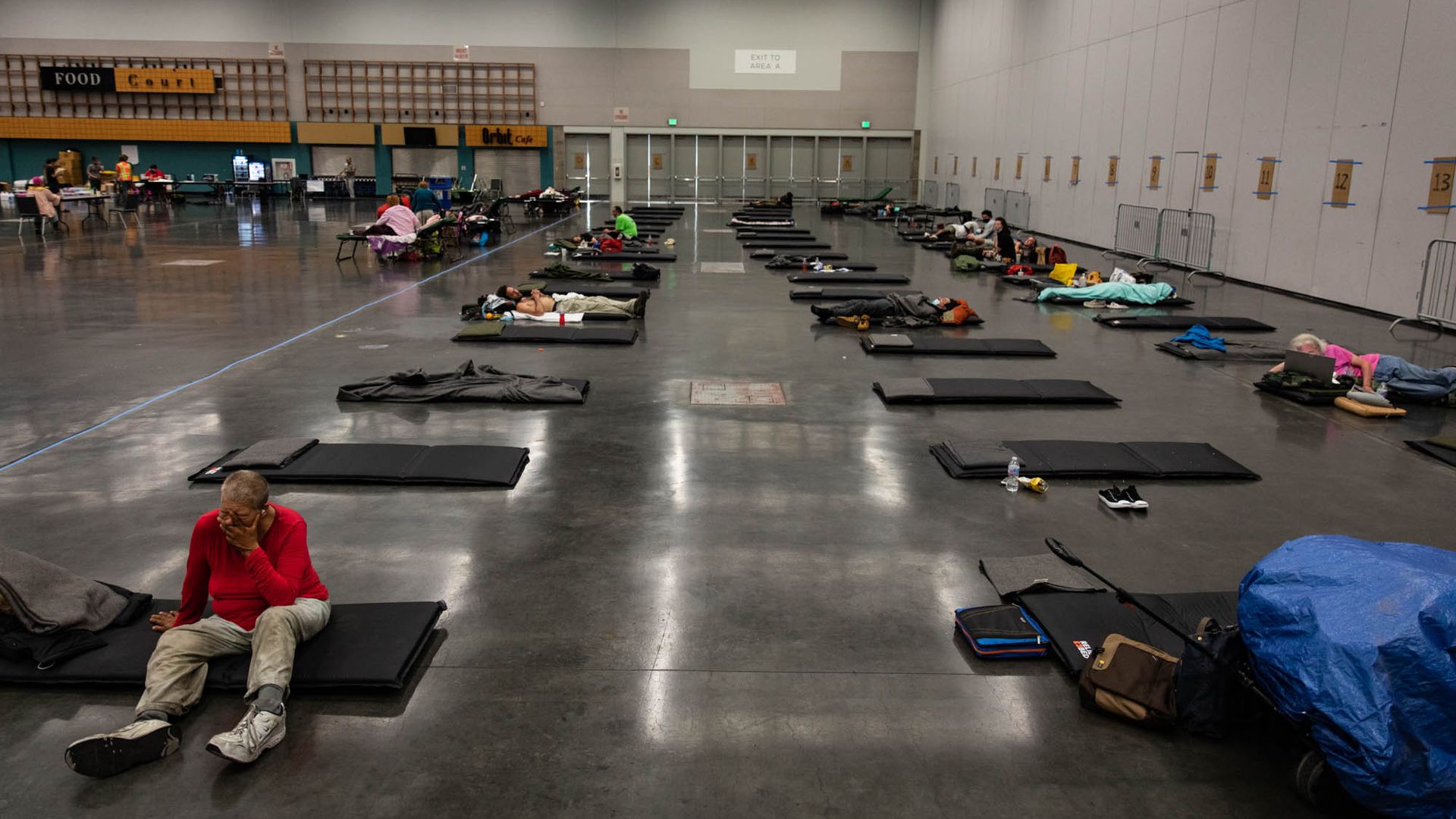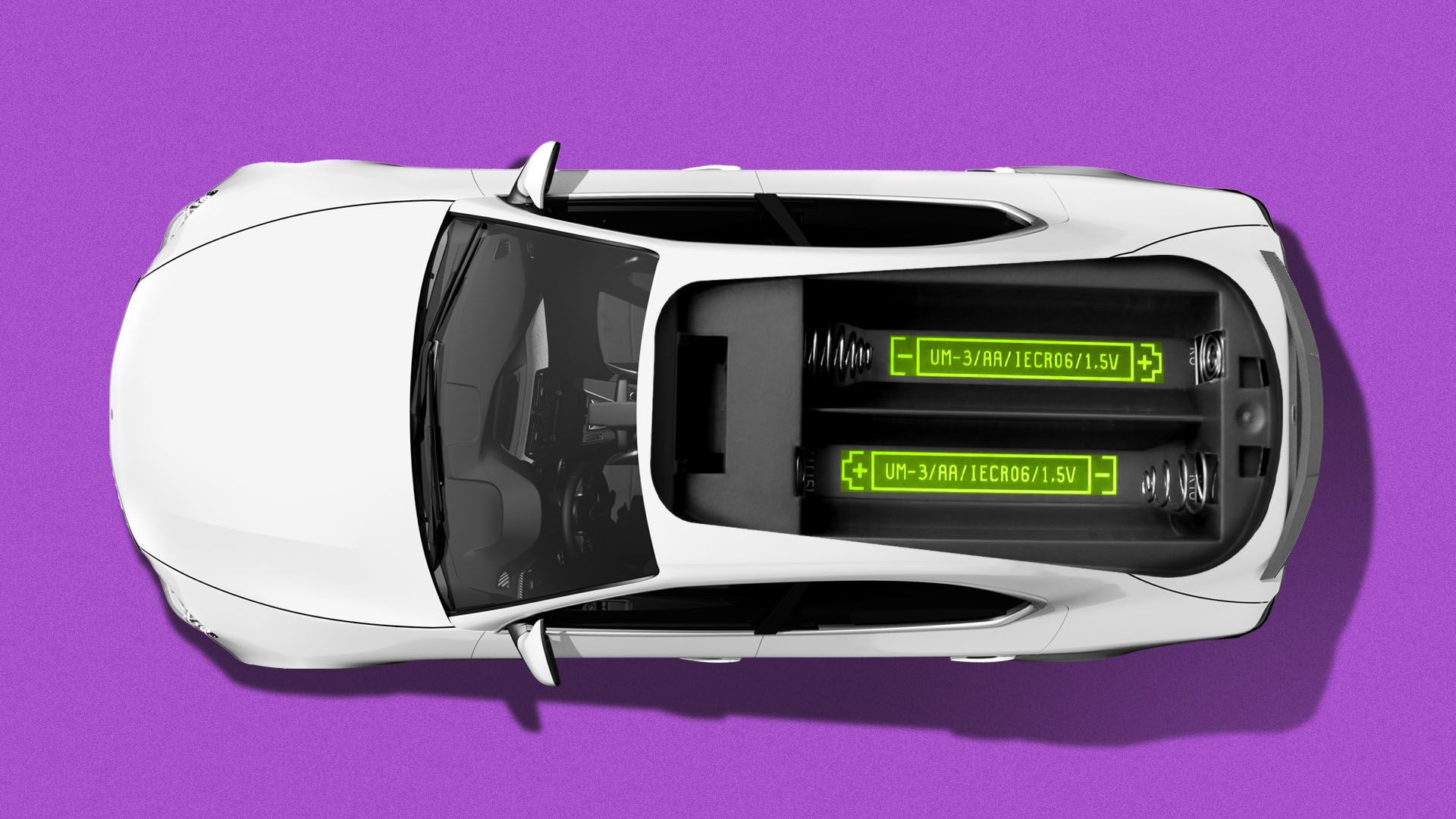| The dangerous heat wave enveloping the Pacific Northwest is shattering weather records by such large margins that it is making even climate scientists uneasy, Andrew writes. Why it matters: Infrastructure, including heating and cooling, is built according to expectations of a "normal" climate. Human-caused climate change is quickly redefining that normal, while dramatically raising the likelihood of events that simply have no precedent. - These risks include extreme heat events that can have unusually high impacts.
- That is exactly what is playing out now, with a region of the country largely devoid of air conditioning suffering through unheard-of temperatures over a prolonged stretch of time.
- In the past, such events have proved to be especially deadly, killing more than 70,000 in Europe in 2003, for example.
Driving the news: The heat wave is shattering all-time temperature records in the U.S. and Canada. Portland, Oregon reached 113°F on Sunday, breaking the all-time record of 108°F set just the day before. - Canada set a national all-time heat record on Monday.
- The buildings in these regions were not built for extreme heat, and the people living there are not accustomed to it. Officials have been scrambling to get people to use cooling shelters to escape the sweltering temperatures.
Between the lines: "Because of the fact that climate change has made heatwaves like this much more likely and intense, we might very well reach the tipping point of what our infrastructure and other societal systems are able to deal with," Friederike Otto, of the University of Oxford, told Axios. How it works: The heat dome over the Northwest, which is a sprawling, intense area of high pressure aloft, causes air to sink, or compress. As it does so, the air temperatures increase. Winds blowing from land to sea are pushing temperatures higher. The big picture: However, climate scientists tell Axios this actually understates climate change's influence, because warming is also altering weather patterns in ways that make strong heat domes more common and prolonged. - Daniel Swain, a climate researcher at UCLA, told Axios that the mean warming in the region is "more likely a floor than a ceiling," given climate change's potential effects on atmospheric circulation, soil moisture and other conditions that can amplify extreme heat.
- In addition, Swain said a focus on tipping points within the climate system alone may be misguided. He also warned of "systemic failures," citing the operation of the power grid as an example of systems that can fail in extreme weather. (See: Texas, winter 2021.)
Read the whole story. | 








No comments:
Post a Comment